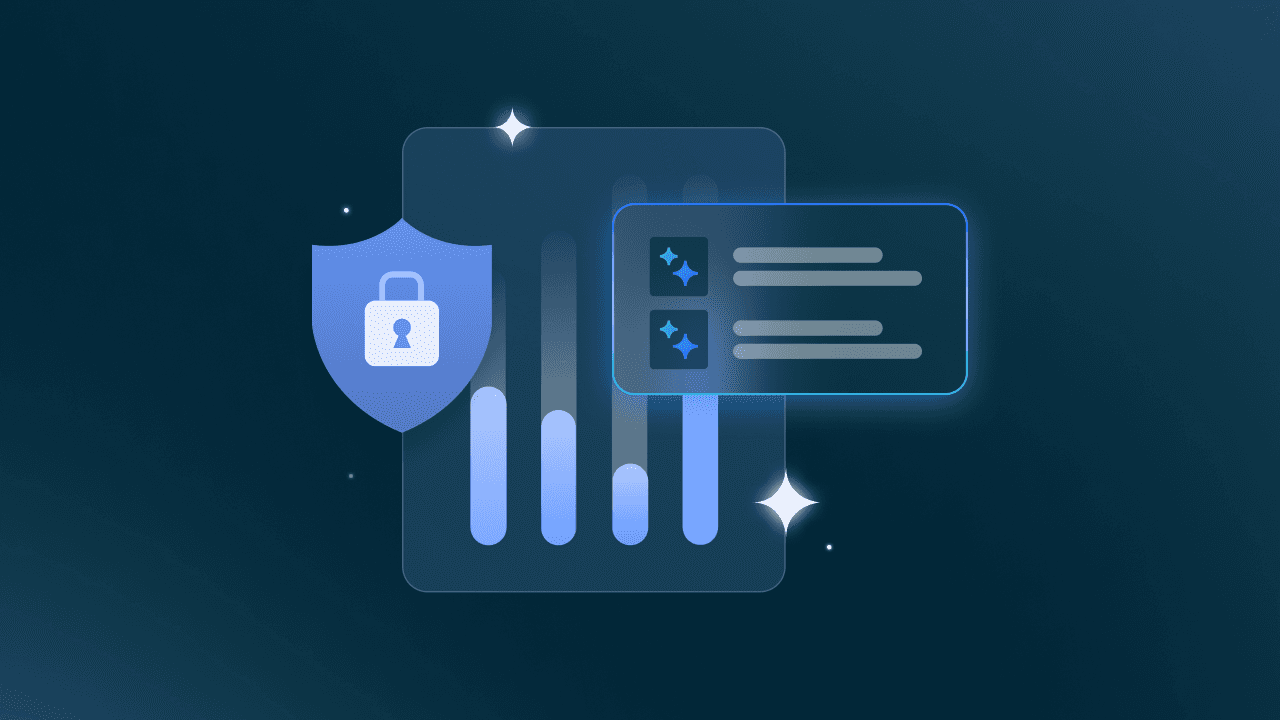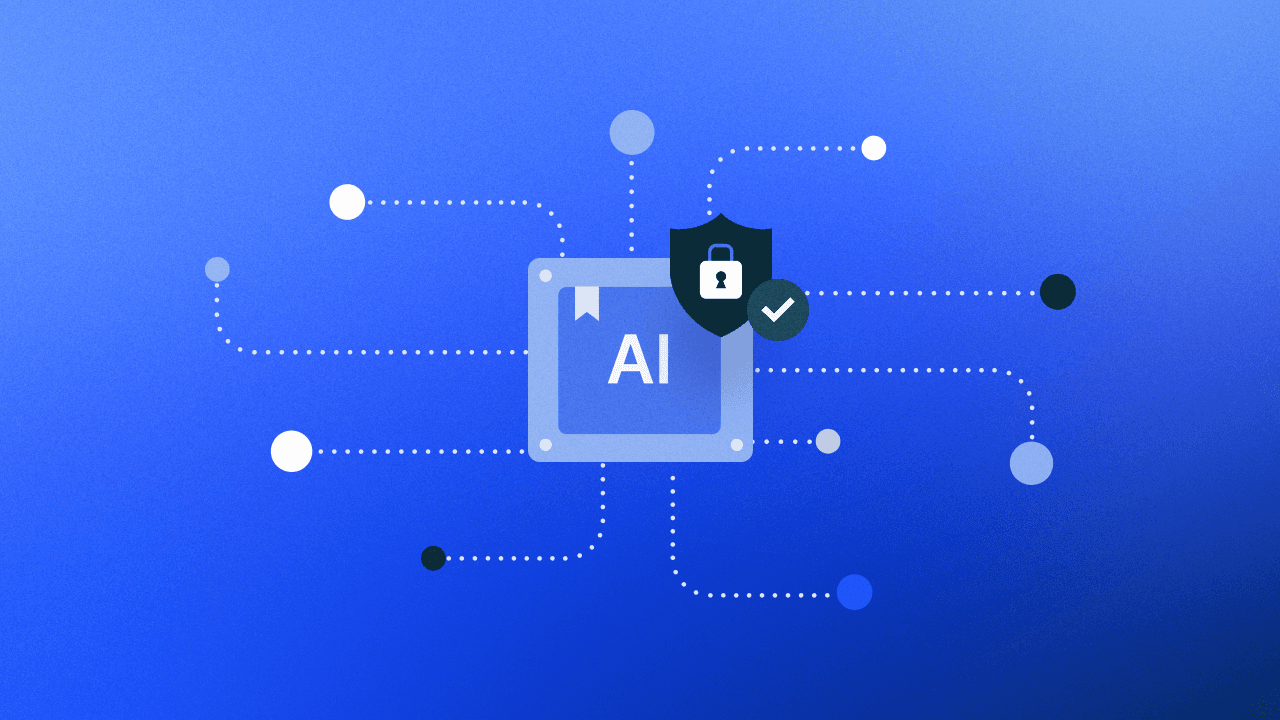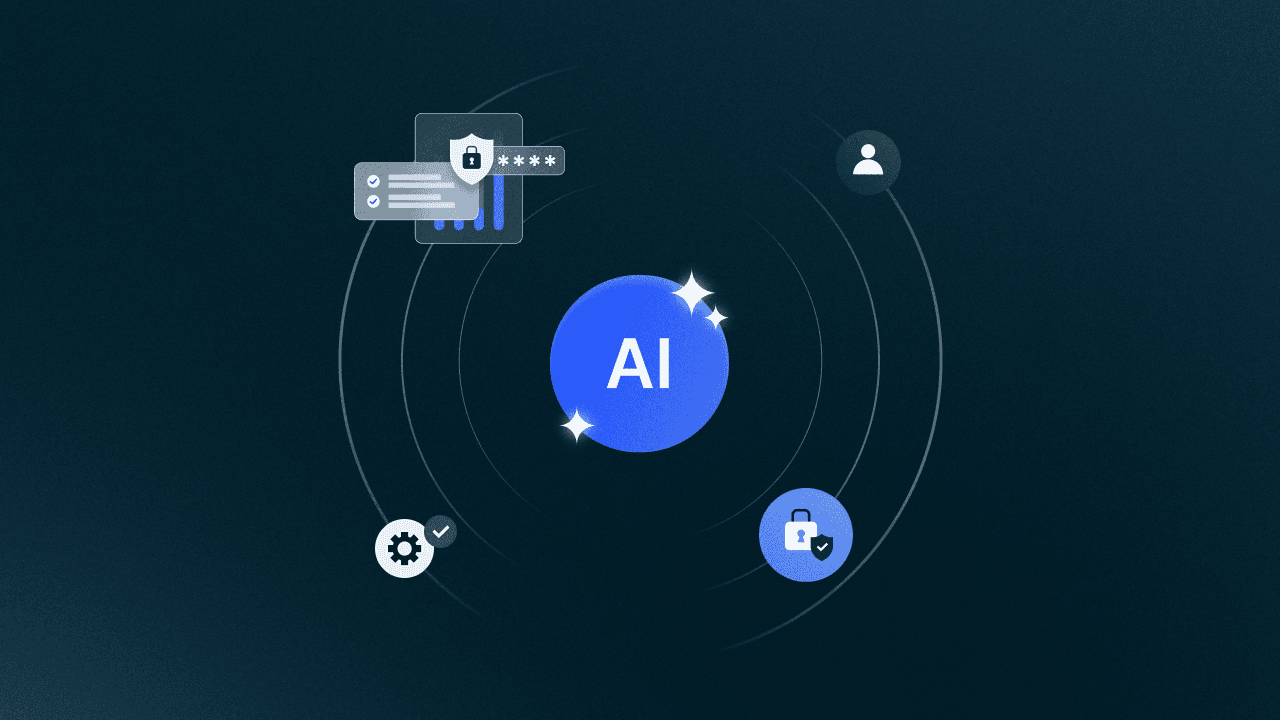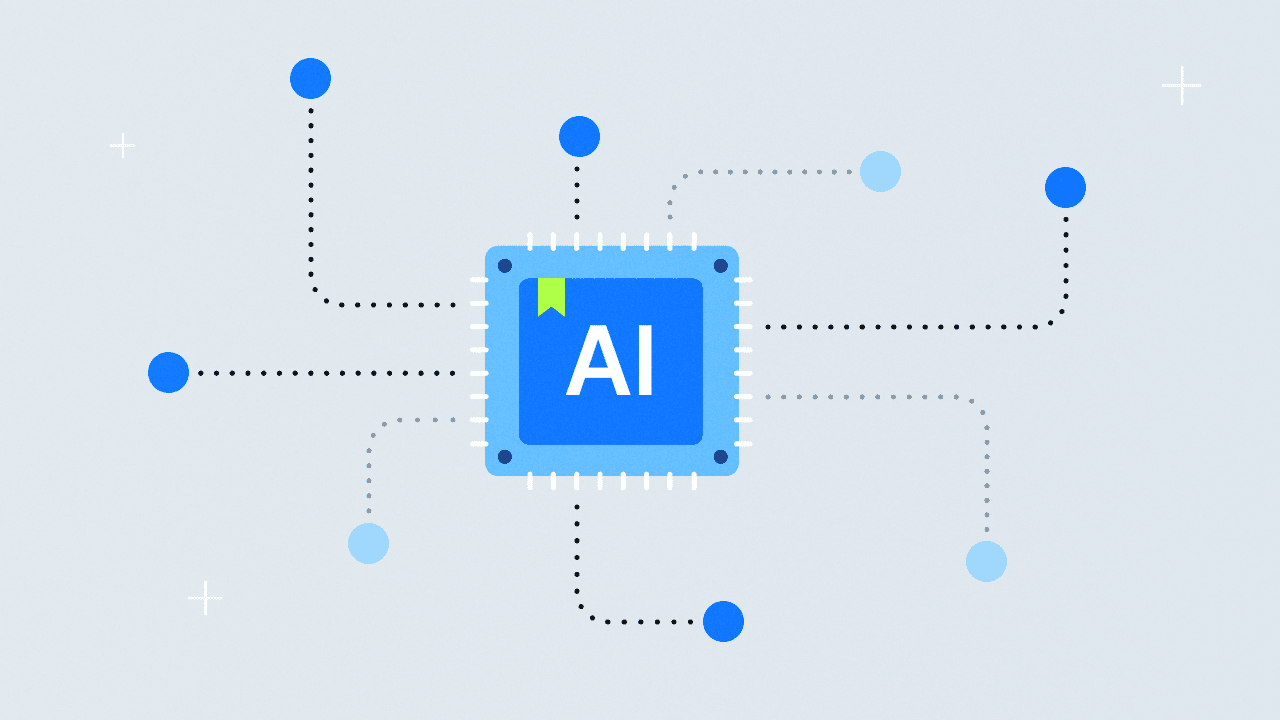What is AI Compliance and Why Does It Matter for Regulated Industries?
We're exploring what AI compliance entails, the evolving regulatory and standards landscape, and why forward-thinking enterprises are investing in proactive, automated approaches to AI governance.
As artificial intelligence (AI) becomes embedded into modern solutions—from financial forecasting to cybersecurity threat detection—governance around its use is becoming non-negotiable. AI compliance is no longer just a checkbox for regulated industries. It’s a strategic imperative tied to trust, risk, and long-term business continuity.
In this blog, we’ll explore what AI compliance entails, the evolving regulatory and standards landscape (including ISO 42001 and the NIST AI Risk Management Framework), and why forward-thinking enterprises are investing in proactive, automated approaches to AI governance.
What is AI Compliance?
AI compliance refers to the policies, controls, and practices organizations implement to ensure their AI systems operate within legal, ethical, and regulatory boundaries. This includes:
Data governance and privacy.
Transparency and explainability.
Model accuracy and fairness.
Human oversight and accountability.
Security and resilience.
As regulators catch up to AI's rapid deployment, compliance efforts are focused not just on existing data laws like GDPR or HIPAA, but also on new frameworks and emerging regulations specifically tailored to AI systems.
Why AI Compliance Matters in Regulated Industries
Highly regulated industries like finance, healthcare, insurance, and government services face additional complexity when deploying AI:
Risk exposure is higher: Faulty AI decisions can lead to compliance violations, financial penalties, or patient harm.
Audits and oversight are more intense: AI-powered processes must be traceable, explainable, and auditable.
Stakeholder trust is critical: Customers, partners, and investors expect responsible AI usage aligned with ethical standards.
As AI becomes a key driver of automation and innovation, ensuring compliance is central to mitigating reputational, operational, and legal risks.
Key AI Compliance Frameworks: ISO 42001 and NIST AI RMF
The regulatory landscape for AI is beginning to solidify. Two foundational frameworks are emerging as best practices for AI compliance and governance:
ISO 42001: AI Management System Standard
This global standard provides a structure for implementing, maintaining, and improving an AI Management System (AIMS). ISO 42001 focuses on:
Defining roles and responsibilities across the AI lifecycle.
Ensuring consistent risk and quality management practices.
Embedding ethical considerations in design and deployment.
Supporting accountability and traceability.
It's especially relevant for organizations adopting AI at scale that need a standardized way to demonstrate responsible AI practices.
NIST AI Risk Management Framework (AI RMF)
Published by the U.S. National Institute of Standards and Technology, this voluntary framework helps organizations manage the risks associated with AI systems. Its core pillars include:
Govern: Establishing policies, procedures, and roles for AI risk management
Map: Understanding the context and intended use of the AI system
Measure: Assessing performance, robustness, and potential harms
Manage: Prioritizing and mitigating risks throughout the AI lifecycle
For companies operating in or serving the U.S. market, the NIST AI RMF offers a roadmap to build trustworthy, secure, and compliant AI systems.
Challenges to Achieving AI Compliance at Scale
Despite the emergence of new standards, most enterprises struggle with AI compliance for a few key reasons:
Fragmented data and tooling: AI models touch multiple systems, making it hard to track inputs, monitor outputs, or ensure lineage.
Lack of cross-functional alignment: Legal, compliance, security, and engineering teams often operate in silos.
Rapid development cycles: AI models change frequently, and compliance controls must adapt just as fast.
Limited visibility: It’s difficult to continuously monitor AI risks without automation and centralized oversight.
Manual governance or spreadsheet-driven risk assessments simply don’t scale in a modern AI environment.
6 Best Practices for Achieving AI Compliance
Building a strong AI compliance program requires more than just reacting to regulation. It demands a proactive, structured approach that brings together governance, risk, security, and development teams. Below are best practices to guide your efforts:
1. Establish a Clear AI Governance Framework
Start with defining roles, responsibilities, and oversight mechanisms for all AI initiatives. Create a cross-functional governance committee that includes stakeholders from compliance, security, legal, and engineering. Align your policies with leading frameworks like ISO 42001 and the NIST AI RMF to stay ahead of regulatory requirements.
2. Conduct Ongoing AI Risk Assessments
AI introduces unique risks, including model drift, bias, data leakage, and ethical concerns. Incorporate AI-specific risk assessments into your broader enterprise risk management program. Use a structured approach to identify, document, and mitigate these risks across the model lifecycle—from design to decommissioning.
3. Ensure Transparency and Explainability
Trust in AI systems depends on their explainability. Ensure you have documentation and tooling in place to understand and communicate how your AI models make decisions—especially for high-stakes use cases like loan approvals, fraud detection, or patient diagnostics. This is a requirement in many upcoming regulations and helps ensure models remain auditable.
4. Integrate Compliance Into Development Workflows
Shift compliance left. Embed compliance checks, policy validations, and approval workflows directly into your model development pipeline. Treat AI compliance as part of your software development lifecycle (SDLC), not just a final review step. This helps reduce rework, speeds up audits, and promotes collaboration across teams.
5. Continuously Monitor and Test AI Systems
AI systems evolve, and so should your oversight. Implement continuous monitoring of model performance, fairness, and data drift. Regular testing ensures your models remain compliant, unbiased, and effective over time. This also supports your audit readiness when regulators or customers request proof of control.
6. Maintain Centralized Documentation and Evidence
Keep a centralized system of record for your AI systems, including training data sources, model versions, risk assessments, approvals, and monitoring results. This not only improves collaboration but also helps demonstrate compliance during audits or third-party assessments.
As a leader in continuous compliance and GRC automation, Drata helps enterprises implement responsible, scalable AI governance from day one.
Drata supports your AI compliance journey with:
AI + GRC: Use natural language insights and predictive automation to surface control gaps, recommend mitigations, and keep your compliance posture strong as AI initiatives evolve.
Automated Control Monitoring: Continuously monitor and map technical and procedural controls across your systems.
Centralized Risk Management: Identify, assess, and mitigate AI-specific risks, and link risks to controls, assets, and policies for full auditability and board-level reporting.
Configurable Workflows for AI Governance: Coordinate reviews, approvals, and documentation for every stage of the AI lifecycle—ensuring clear accountability across teams.
Future-Proof Your AI Compliance Strategy
Regulations around AI are only getting stricter. Enterprises that treat AI compliance as an ongoing, strategic initiative—not a reactive checklist—will be better positioned to innovate responsibly, scale confidently, and win trust in the marketplace.
Whether you’re mapping controls to ISO/IEC 42001, implementing the NIST AI RMF, or preparing for future global AI legislation, Drata’s platform gives you the automation, intelligence, and confidence to lead with integrity.
Ready to operationalize AI compliance at scale?
Talk to Drata’s team and see how we can support your AI governance goals.
FAQ: AI Compliance
Let’s dive into some of the most frequently asked questions around AI compliance.
What is AI Compliance?
AI compliance is the process of ensuring that artificial intelligence systems are designed, developed, and deployed in accordance with applicable laws, ethical guidelines, and regulatory frameworks. It includes practices like data governance, risk management, transparency, and continuous oversight of AI behavior.
Why is AI Compliance Important?
AI compliance is crucial to avoid legal penalties, protect user privacy, reduce bias, and maintain stakeholder trust. For regulated industries like healthcare, finance, and government, it’s essential to ensure AI systems meet stringent ethical and operational standards.
What are the key AI compliance frameworks?
Two leading frameworks are:
ISO 42001: A global standard for establishing and maintaining an AI Management System (AIMS).
NIST AI Risk Management Framework (AI RMF): A U.S.-based framework that guides organizations through AI risk mapping, measurement, and management.
Who is Responsible for AI Compliance in an Organization?
AI compliance is typically a cross-functional effort involving security, compliance, legal, data science, and engineering teams. Many organizations are also creating dedicated roles, such as AI governance leads or Responsible AI officers, to drive initiatives forward.
How Can Automation Help with AI Compliance?
Automation helps scale AI compliance efforts by continuously monitoring controls, collecting evidence, managing risk workflows, and surfacing potential gaps in real time. Platforms like Drata make it easier to stay aligned with evolving frameworks and reduce manual overhead.





